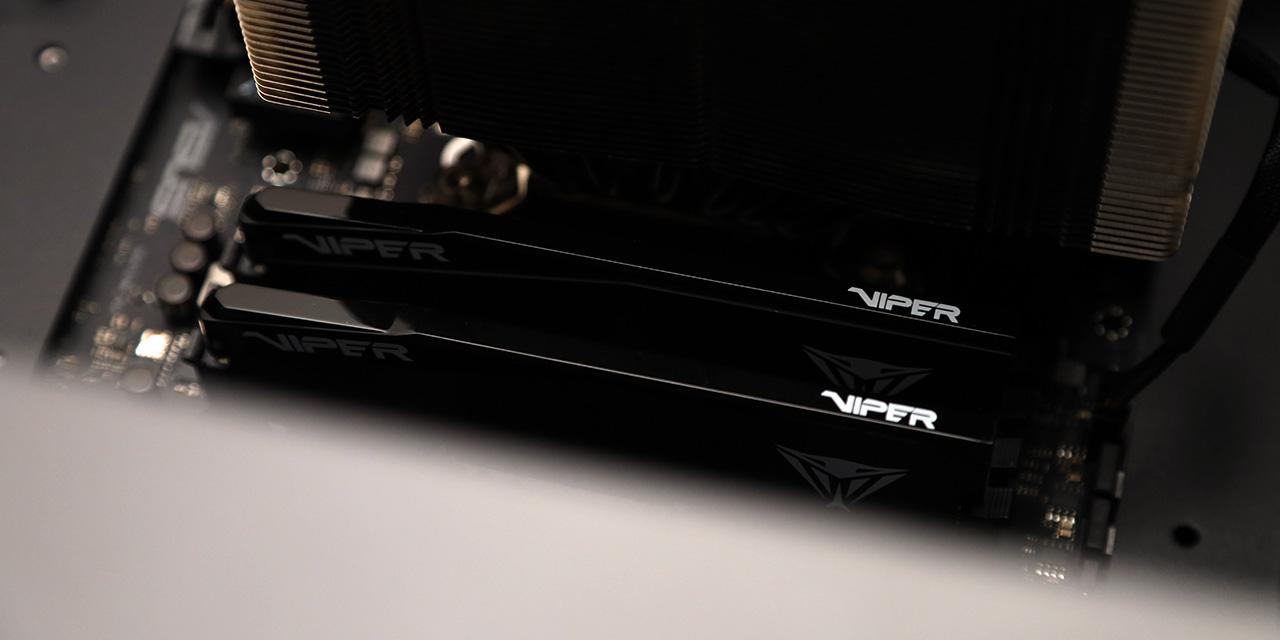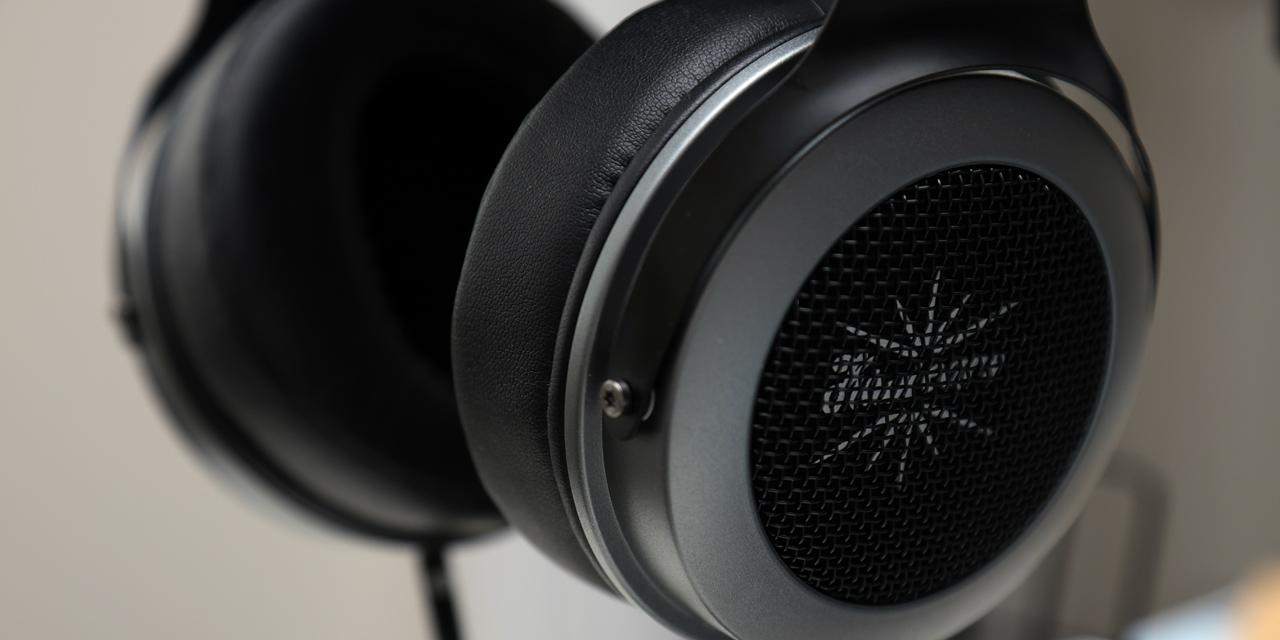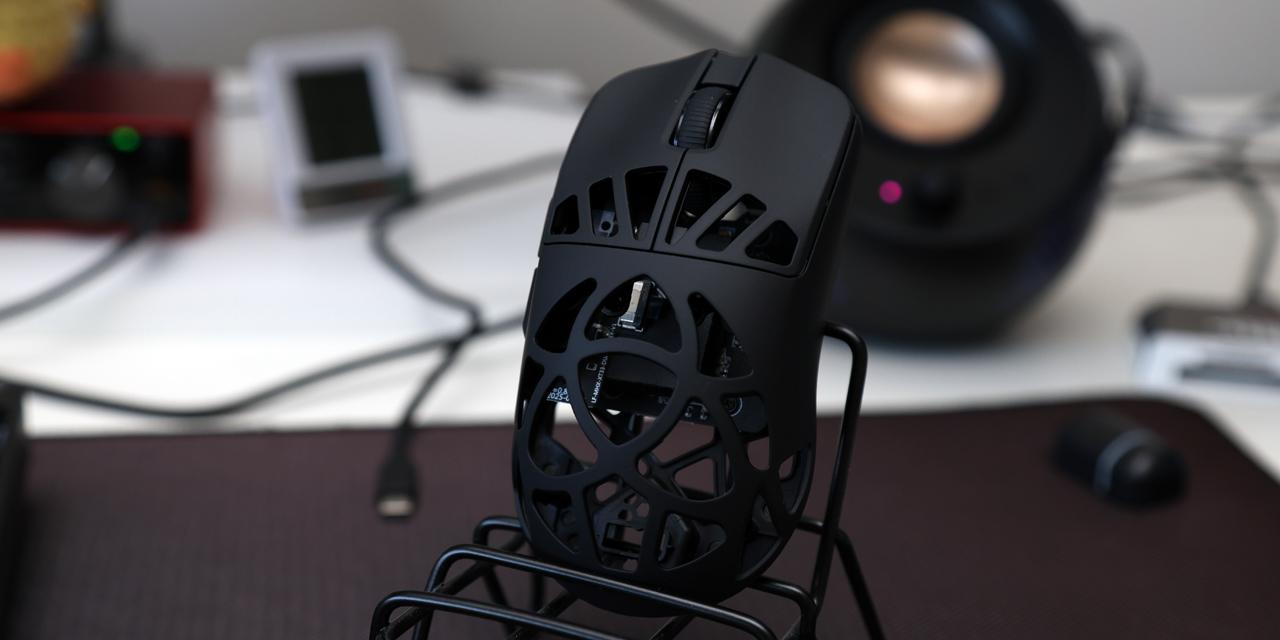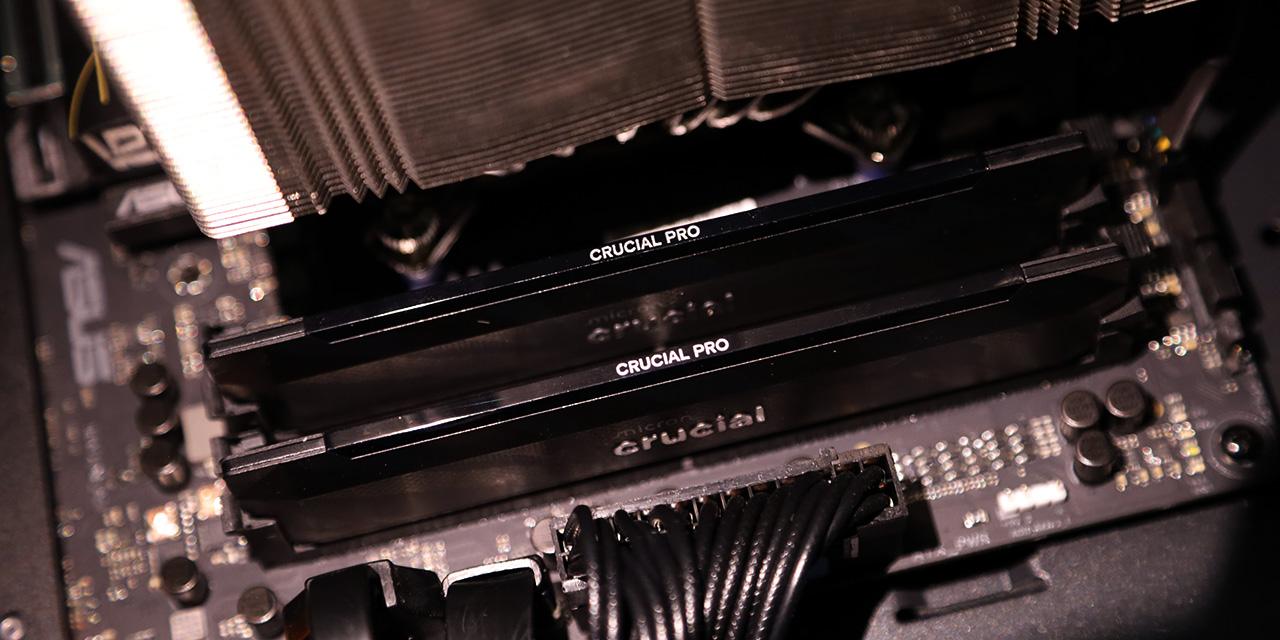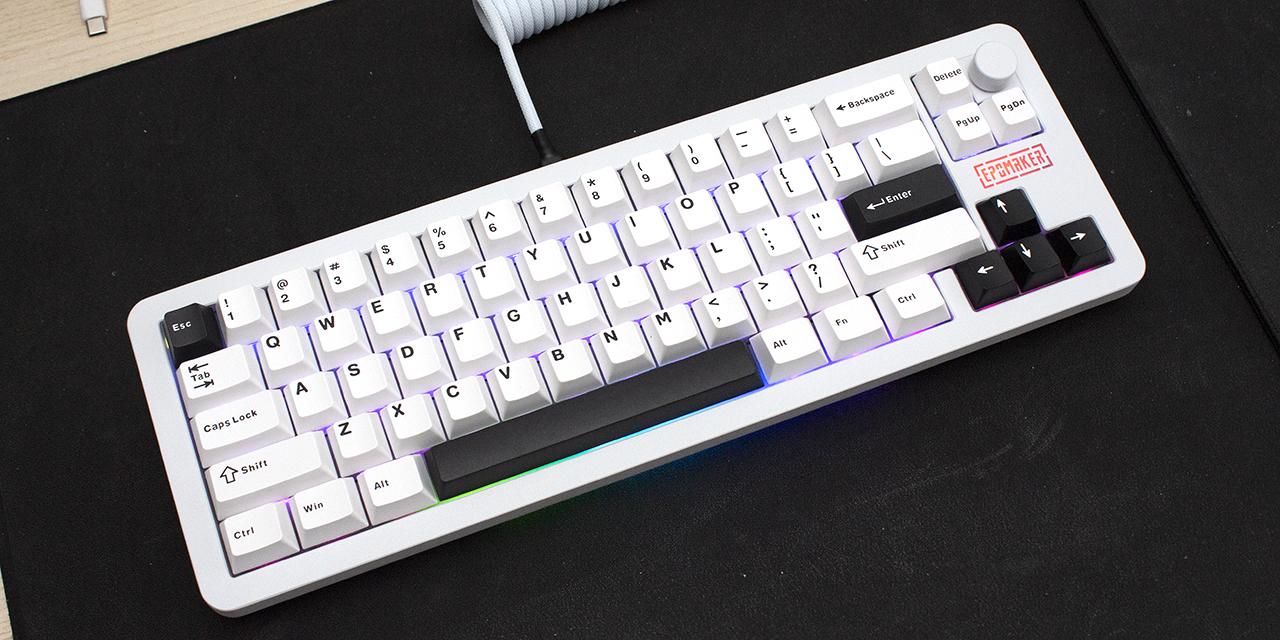Page 3 - A Closer Look - Disassembly and Internals

Unfortunately, I was unable to open the Corsair K70 PRO TKL. This is not too surprising, as most gaming manufacturers likely discourage users from tinkering with their peripherals. While some screws secure the top plate to the rest of the structure, I could not find an easy way to pry the keyboard apart.
Instead, let us take a closer look at some key components of the K70 PRO TKL. The standard keycaps are made of ABS, or acrylonitrile butadiene styrene, plastic. Personally, I am not a fan of ABS keycaps, as they tend to be less durable and can fade or develop a shine over time. Additionally, ABS keycaps are often thinner, producing a higher-pitched sound compared to PBT keycaps. PBT keycaps are available for $10 more. Thankfully, Corsair has taken steps to mitigate these drawbacks of ABS in the standard model. First, the keycaps feature a slightly textured surface, enhancing durability. Second, despite being ABS, the keycaps are double shot, meaning the legends are molded with a second layer of plastic. This adds thickness and prevents fading or wear. Overall, these keycaps offer a solid middle ground, balancing sound quality and durability without using premium materials. The font is clear and easy to read, and the keycaps use standard MX stems with a Cherry profile. The Corsair K70 PRO TKL also supports full NKRO, or N-key rollover, over USB, meaning each key is scanned independently to ensure simultaneous key presses are registered accurately.

Longer keys on the Corsair K70 PRO TKL, such as the space bar and Enter key, use Cherry stabilizers on the sides to prevent wobbling. Corsair states that these stabilizers are pre-lubricated for a smoother, quieter action. Personally, I did notice a slight rattle, but it was not overly distracting and had a lower-pitched, resonant sound. These appear to be plate-mounted stabilizers rather than screw-in ones, which might explain the slight rattle.
The top plate is exposed and made of aluminum, providing a sturdy feel and structure. However, aluminum can sometimes amplify resonant sounds when pressed. To address this, Corsair has implemented two layers of sound dampening: One between the plate and PCB, and another filling gaps in the bottom tray. You can partially see the first layer of silicone under the space bar, which effectively fills in the gaps. Additionally, Corsair has adhered foam underneath the space bar to further reduce any clacking sounds when pressed.

One of the key selling points of the Corsair K70 PRO TKL is its switch technology. Mechanical switches consist of a housing base, stem, and spring, offering varying levels of tactile and audible feedback. However, you may have noticed that the K70 PRO TKL features two types of switches. The primary alphanumeric keys use Corsair's MGX Hyperdrive magnetic switches, while the arrow cluster, the six keys above it, and the function row are equipped with Corsair MLX Plasma linear mechanical switches. Both of these switches are linear in travel, which is traditionally preferred by gaming enthusiasts for their fast, smooth actuation.
Regarding the mechanical switches, the Corsair MLX Plasma switches feature an actuation force of 45g, actuation distance of 2mm, and total travel of 4mm. They are rated for 80 million keystrokes and come pre-lubricated for a smoother feel. In terms of sound, they are slightly higher pitched than the magnetic switches. Their clear housing enhances LED illumination, while the bright red stem gives them a distinctive look. Even so, it is unusual that Corsair do not use the same magnetic switches throughout the keyboard. More concerning, these switches are not hot-swappable, meaning you should not attempt to remove them with a switch puller. As a result, they become a primary point of failure, as they cannot be easily replaced.

Taking a closer look at the Corsair MGX Hyperdrive magnetic switches, they share a similar mechanical structure with a housing base, stem, and spring. However, the key difference lies in keystroke detection. Each stem has a small magnet at the bottom instead, and this is picked up by the Hall effect sensor on the PCB. These switches have an actuation force ranging from 30g to 55g, depending on the actuation distance setting. They can register keystrokes anywhere from 0.1mm to 4.0mm, with a total travel distance of 4.1mm. Corsair guarantees durability for 150 million keystrokes.
Like the Corsair MLX Plasma switches, the top housing is clear, allowing north-facing LEDs to shine through. The light blue stem features a double-rail structure designed to reduce key wobble, while the opaque tan base provides structural support. Inside, the 15mm spring ensures consistent actuation. The switch has minimal lateral movement, which is a positive sign for stability. Additionally, it comes pre-lubricated for smoother operation. Unfortunately, Corsair has not disclosed the materials used in these switches. Common plastics for such components include polycarbonate, POM, or nylon.
Page Index
1. Introduction, Packaging, Specifications
2. A Closer Look - Hardware and Software
3. A Closer Look - Disassembly and Internals
4. Conclusion
